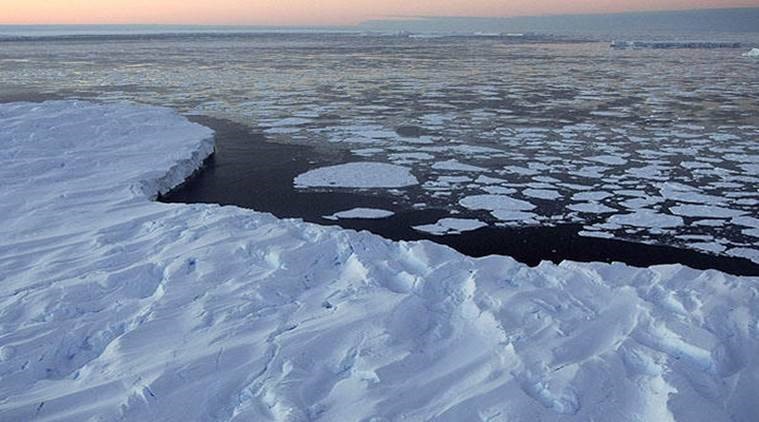GLACIERS OF THE HINDU KUSH

Disclaimer: Copyright infringement not intended.
Context
- Earlier in 2019, In a report ‘Hindu Kush Himalaya Assessment’ released by International Centre for Integrated Mountain Development (ICIMOD), It is highlighted that Hindu Kush Himalayas are changing.
- In new report it was found that the glacier mass of Hindu Kush Himalayas has shown a 65 per cent faster loss.
Other details
- By 2100 glaciers of Hindu Kush Himalayan glaciers will be reduced by 80 per cent of its current volume, if this current trend continues.
- This report provides insights about the impact of changes in Hindu Kush Mountains.
- Styled after the IPCC reports, over 350 researchers, practitioners, experts, and policy-makers were involved to draft this report.
Findings of report
Malting Magnitude of glaciers
- As per The Water, Ice, Society, and Ecosystems in the Hindu Kush Himalaya (HI-WISE) report, between 2010 and 2019 Loss of 0.28 metres of water equivalent per year (m w.e.) obsersed.
- This loass was 0.11 m w.e. more compare to period between 2000 and 2009.
- During 2010-2019, the stable Karakoram range also showed a decline in glacier mass, a loss of 0.09 m w.e. per year.
Temperature and impact on Rivers
- During 1951 to 2020, the region experienced an increase of 0.28°C per decade.
- At higher altitude 9 out of 12 river basins experienced increased warming for instance in river basins like brahmputra, Indus, Yangtze etc.
Snowfall
- Reduction in Snowfall was predicted for period between 2070 and 2100 (in comparison to 1971 to 2000). For instance
- Brahmaputra - 50-70 % downfall
- Ganges - 50-60 % downfall
- Indus Basins - 30-50 % downfall.
Permafrost
- An estimated loss of 8,340 square km of permafrost area in western Himalaya.
- Disappearance of 965 square km of area in Uttarakhand Himalaya.
Implications
- Adverse impact on cryosphere and its related ecosystem services will make communities more vulnerable to loss and damages.
- It may lead to species migrating to higher altitudes due to unsuitability of habitats and related ecosystem.
- Invasion by alien species could be prominent threatening indigenous biodiversity.
- The population of species may decline to an extent of extinction.
- It increases a risk of glacial lake outburst flood
- Permafrost loss may lead to instability of ground.
- Thus may lead to infrastructure damage hence on a global scale may cost several billion dollars.
- Deposition of black carbon and dust, may enhance melting and change monsoon circulation would be seen. For instance Pre-monsoon flows may decline impacting irrigation, hydropower etc.
Significance of Hindu Kush Himalayas’ (HKH) Glaciers
- In HKH, Glaciers spread in an area of approximately 73,173 square kilometres (km2).
- These glaciers are important for two billion people in Asia for their drinking water, agriculture and industrial needs.
- It is also important for a consistent flow of water in 12 rivers of 16 countries.
- It sustains life and livelihood of 240 million people in the mountains.
- With climate change driving glacier mass loss, reduction in snow cover, shrinking of permafrost area, changes in hydrology, and increased natural hazards and disasters, cascading impacts on the ecosystem can be seen.
Way Ahead
- The report calls for more measurements in vulnerable regions.
- More care in planning and implementation for road construction and pipeline projects near permafrost.
- Adaptation measures need to be adopted quickly and efficiently.
- There is a need to scale up existing adaptation measures.
- Also there is need to recognize significance of mountain areas in general and the HKH region in particular.
|
Cryosphere
|
Must read Article:
https://www.iasgyan.in/blogs/list-of-indian-glaciers
|
PRACTICE QUESTION Hindu Kush Mountains are changing. Elaborate in the context of recently released report by International Centre for Integrated Mountain Development. Highlight the benefits of preserving glacier and also discuss the measure which could be taken to fasten efforts in protecting this region. (250 words) |





1.png)
